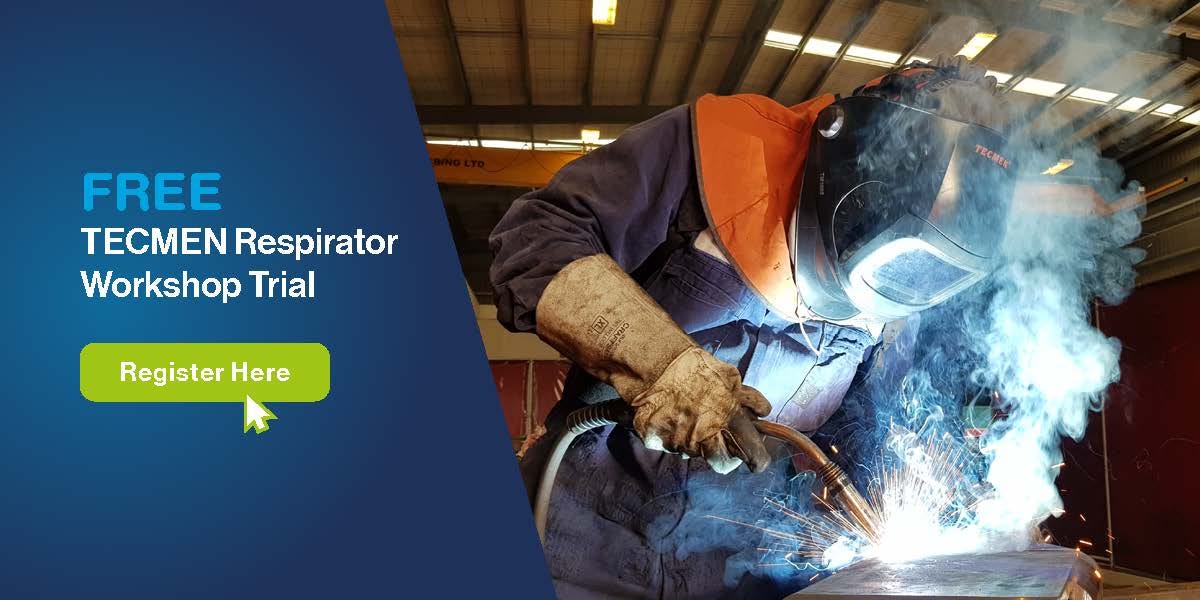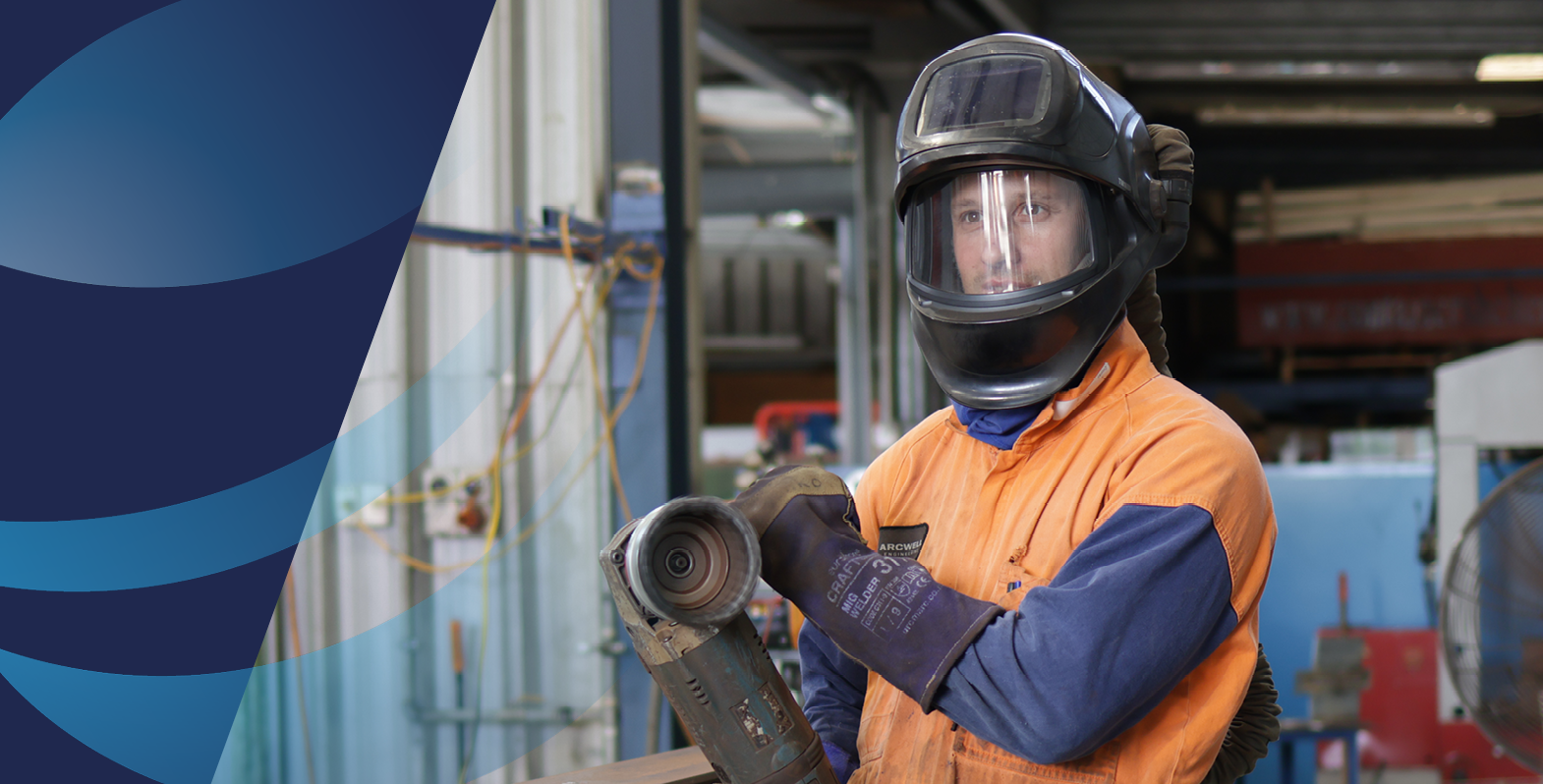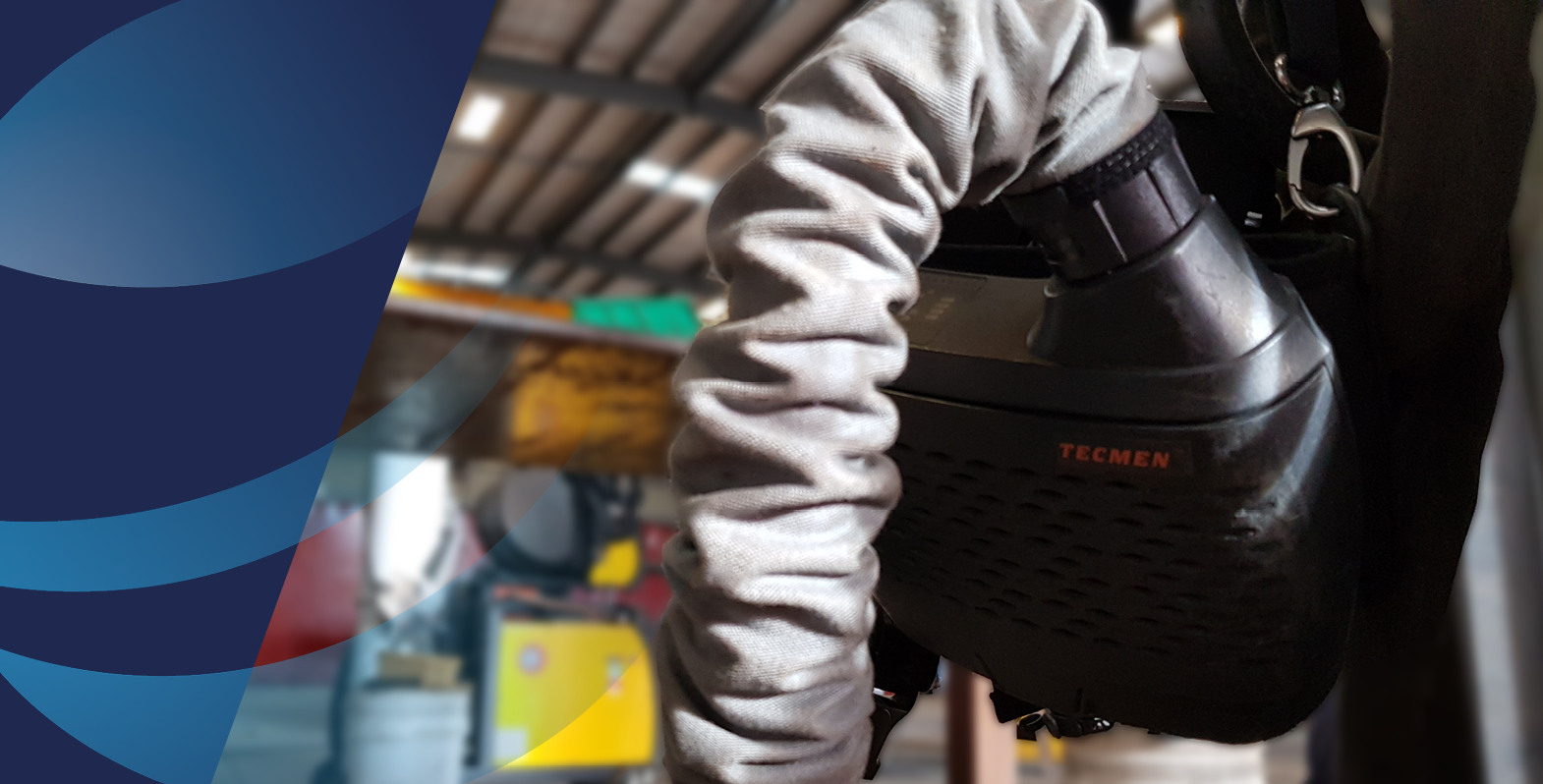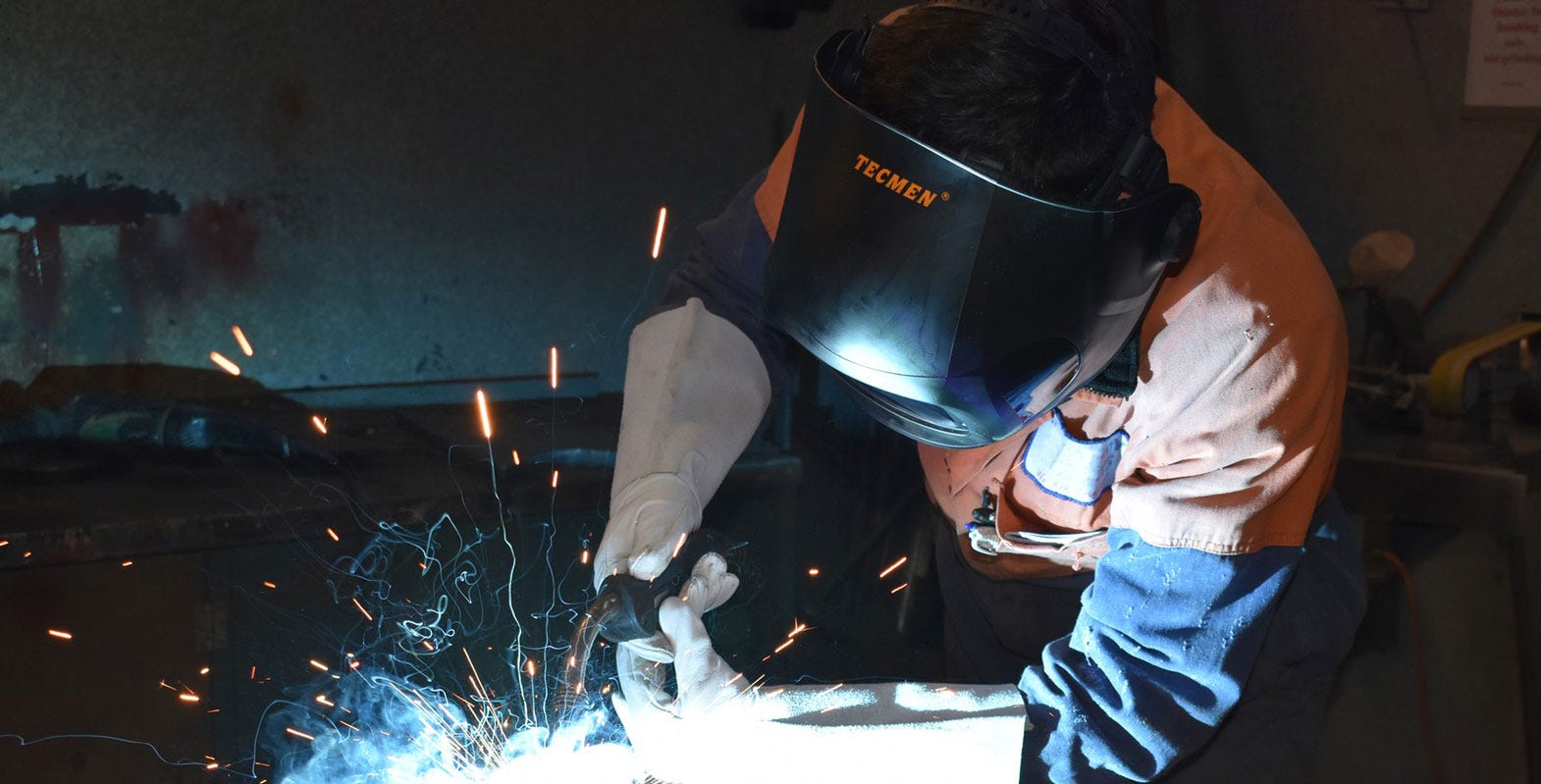Try Before You Buy: How to Test-Drive an Auto-Darkening Welding Helmet
Buying a new auto-darkening welding helmet can feel overwhelming. With so many options to suit varying budgets and safety needs, finding the right one is key. If you’re wearing this gear 6-9 hours a day, 5 days a week, it’s essential to ensure it meets your safety standards and enhances the quality of your work. Here’s how to make the best choice.
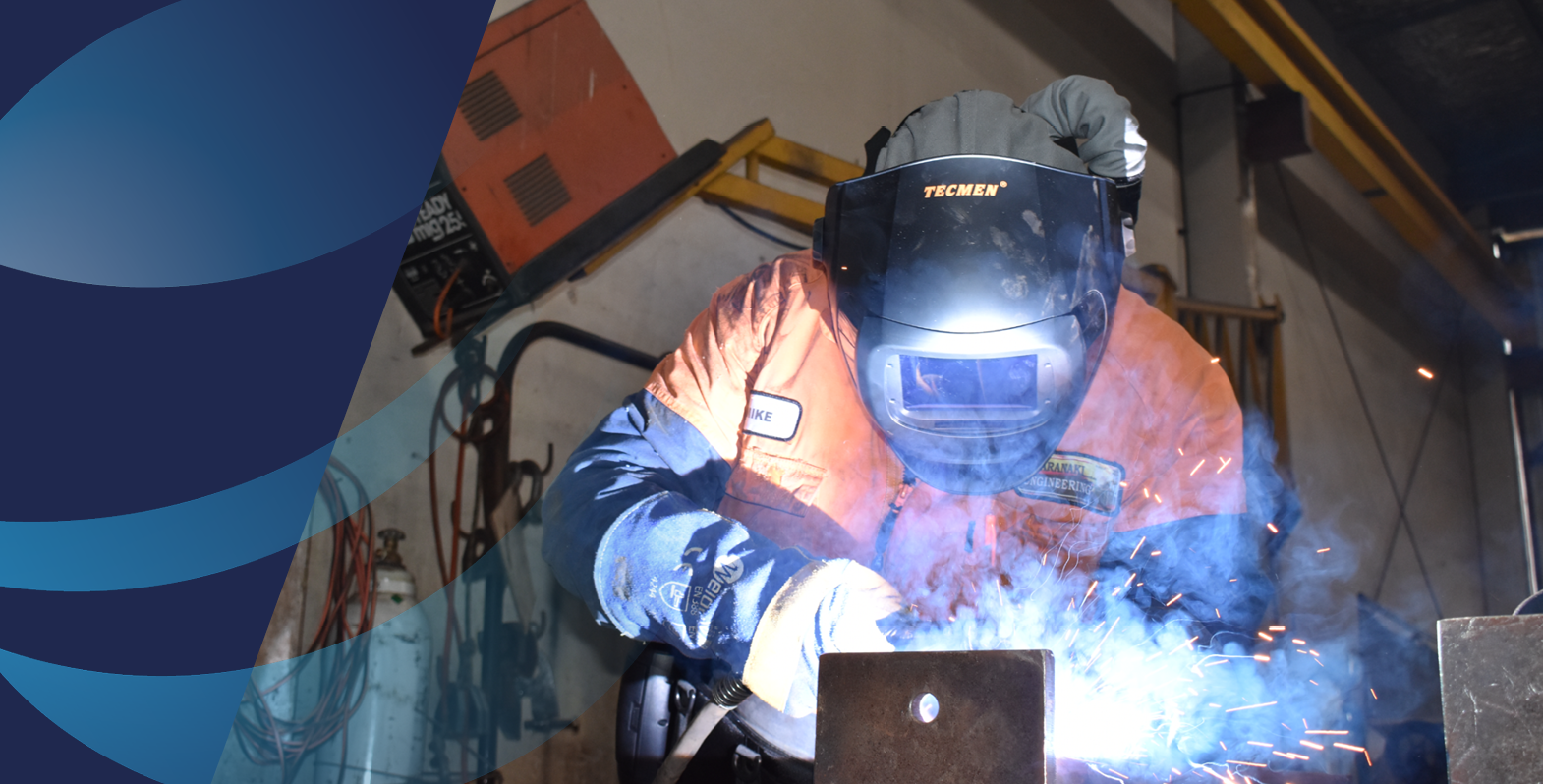
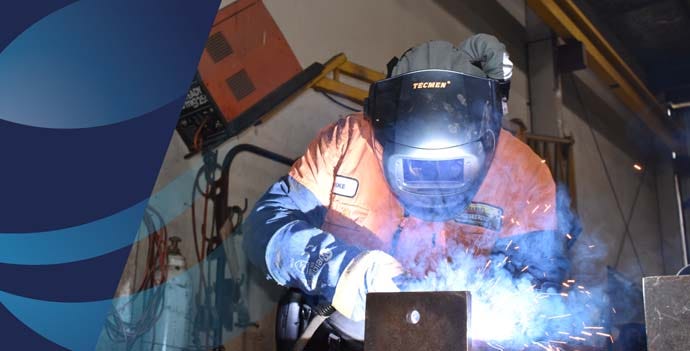
Pre-Inspection Checklist
Before test-driving, make sure the helmet ticks these critical boxes:
-
Safety Compliance: Ensure the helmet meets the following standards:
-
AS/NZS 1338.1 (Auto-Darkening)
-
AS/NZS 1337.1 B (High Impact)
-
AS/NZS 1715:2009 (Respiratory Protection)
-
-
Shade Options: Verify the helmet’s shade variations suit your welding tasks.
-
Lens Quality: Look for a 1/1/1/1 optical rating (the best). A 3/3/3/3 rating indicates poorer quality.
-
Reviews: Read feedback from fellow welders to understand the pros and cons of the helmet’s features.
What to Look For During the Test Drive
1. Lens Quality
Bring your old helmet for comparison and evaluate these factors:
-
Accuracy of Vision: Ensure the lens provides crisp and clear clarity.
-
Imperfections: Check for scratches, chips, or other flaws.
-
Shade Consistency: Confirm the shade remains uniform across the lens when welding.
-
Angle Variations: Test in tight spaces to ensure no inconsistencies when viewing at an angle.
2. Weight and Balance
The weight of your welding helmet plays a big role in your comfort and productivity, especially during long shifts. A heavy helmet can quickly lead to fatigue, making welding not only tiring but potentially unsafe. Opting for a lightweight helmet reduces strain on your neck and back, making it easier to stay focused and comfortable throughout the day. When you’re spending hours under the hood, finding that perfect balance of comfort and functionality is a game-changer.
3. Control Adjustments
Test delay and sensitivity controls:
-
Ease of Use: Can you adjust settings while wearing the helmet?
-
Sensitivity: Test at low amps to ensure accurate adjustments.
-
Delay: Adjust delay settings and try tack welding to see how the helmet performs.
4. Fit and Comfort
Comfort is critical for long workdays. Check for:
-
Cushioned Straps: Does the headgear have padding?
-
Adjustability: Can it be adjusted up, down, forward, and back?
-
Ease of Use: Are adjustments simple?
-
Compatibility: Does it fit well with your other PPE (e.g., ear protection)?
-
Accessibility: Can it handle tight spaces?
5. Respirator Performance
If the helmet includes a PAPR unit:
-
Can you breathe easily and consistently?
-
Are air speeds adjustable?
-
Does airflow prevent lens fogging?
-
Are controls intuitive?
6. Consumables
- Cost: Are replacement parts affordable?
-
Availability: Are consumables readily available?
-
Durability: Are the components high quality?
 Need assistance?
Need assistance?
